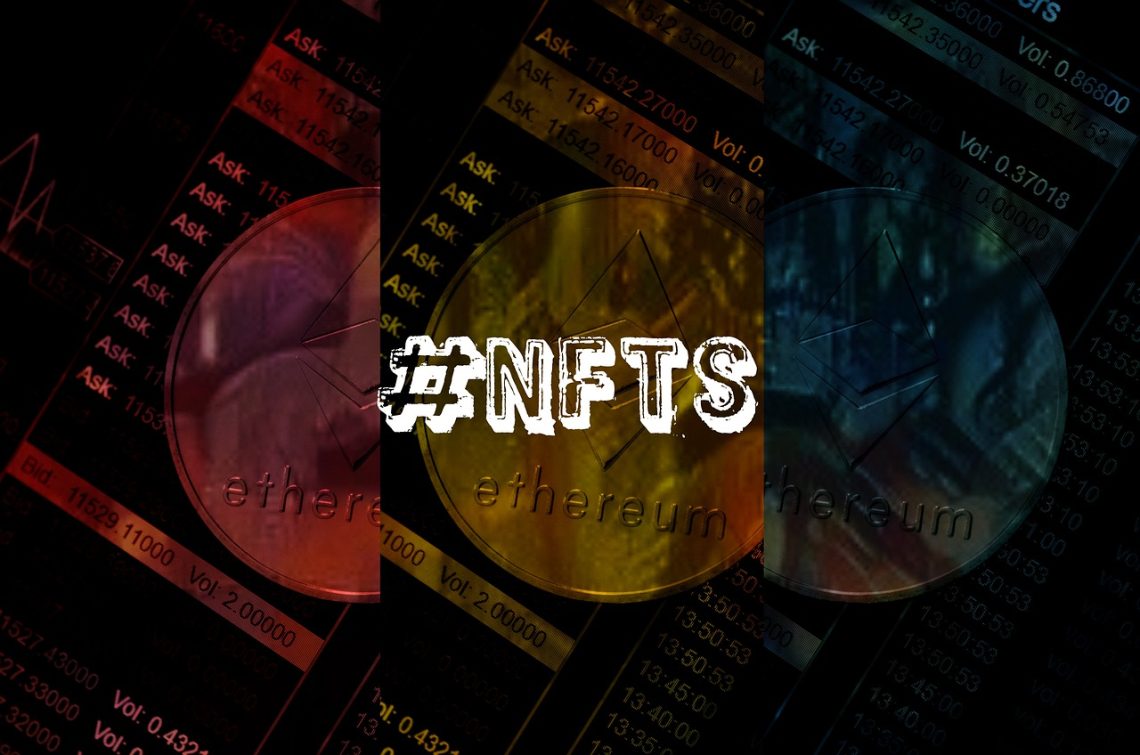
The Economic Impact of NFTs on the World
NFTs, or non-fungible tokens, have been popping up all over the place recently. There is a lot of money to be made in the purchase of digital assets, including everything from art and music to tacos and toilet paper. Real-world media like artwork, music, videogame items, and movies are represented digitally with NFTs. Because they are digital, they are referred to as NFTs. In many cases, they can be traded on the internet using cryptocurrency, and they are often based on the same software as other digital currencies. For example, a dollar bill is a “non-fungible token” since it cannot be exchanged for another. Coins like Bitcoin and Ethereum are typically programmed in the same manner. The similarities cease there. It features a digital signature that prevents it from being used or compared to another NFT (hence, non-fungible).
Long-Term Repercussions of NFTs on the World:
More Sources of Income for Creatives
There will be more money in the future for creatives because of the internet. Due to NFTs, the world’s creatives can now share and get reimbursed for their work. More NFTs will be made as a result, which is great news because consumers throughout the world have indicated a strong desire to purchase them. Because a digital ledger keeps track of all transactions indefinitely, it’s possible to figure out who bought what, when, and for how much. Independent developers, artists, and entrepreneurs now have access to a vast, developing digital commodities market that includes everything from tweets and essays to artwork and video clips. As the markets expand, we’ll see the creation and sale of unique assets that we can’t even imagine.
Economic Restructuring
In the long run, tokens will eliminate the need for middlemen like investment brokers, credit card companies, platform providers, and banks, as well as all other types of financial instruments currently in use. As a result, a more open and direct market will emerge in the decentralized economy. A net benefit to the general public will result if major corporations switch to decentralized financial management.
Inexplicable Increases in the Art Market
An NFT was sold for USD 69.3 million in March 2021, setting a new record for a digital artwork purchase. The global conventional art market was nearly dethroned by the NFT sector last year: According to Chainalysis, a blockchain analytics firm, the market capitalization of NFTs was slightly more than USD 41 billion as of January 1 though some estimates are less conservative. For now, the bullish trend is expected to continue for the foreseeable future. The wide range of tokens available and the interest they arouse among gamers, sports enthusiasts, and music fans alike augur well for future growth.
Impacts on Gaming Activities
In the Metaverse 2021, gaming was the second most important area of development for NFTs. Players can now earn and sell in-game assets in play-to-earn games based on the NFT blockchain, ushering in a new era of gaming in which players are the true owners of the in-game assets they utilize. Axie Infinity, which used both NFTs and cryptocurrencies, was one of the most popular games in 2021. The daily trading volume on Axie’s NFT market hit $1 billion per day, with over 1 million active players. Players can begin playing once they have purchased at least three Axie NFT tokens. It’s only a matter of time before NFT gaming catches on in India, which has over 300 million gamers and is one of the world’s largest crypto markets.
NFTs’ Effect on Sports
An increasing number of professional and college athletes are forming their own collections, which is likely to increase sales of sports NFTs even further. According to a Deloitte analysis, NFTs for sports media will generate more than $2 billion in transactions by 2022. This is more than twice as much as in the year 2021. Athletes’ reputations, the significance of the event, and customer demand will all influence the NFT value of limited-edition video clips or playing cards, which will continue to be popular and lucrative products.
NFTs and the Fashion Industry
Many aspects of our daily lives are impacted by the internet. Fashion is a good fit for that medium because it isn’t immune to it. It’s no secret that the metaverse’s fashion sector is changing as well. When a user interacts with the internet, they can do things like go to a website, search for an item of clothing, and buy it. NFTs introduce a new degree of exclusivity to the fashion industry, allowing designers to turn digital designs and collections into exceedingly rare, precious, elegant, and one-of-a-kind collector pieces. On the Polygon blockchain in late August of 2021, Milan-based premium fashion business Dolce & Gabbana established its own NFTs. These fashion firms are paving the way for a new era of digital interaction with consumers. Loyalty can be increased by giving customers something they will remember. Customer experiences and unique moments in time can be used by all of these firms to build stronger ties with their customers and form long-term relationship with them.
Popular NFT Marketplaces:
- Opensea
- Rarible
- Foundation
- Axie Marketplace
- Larva Labs
- SuperRare
- Nifty Gateway
Conclusion
The most fascinating feature of a token economy is that many of the other advancements have yet to be envisioned. We can unlock the value of trillions of dollars’ worth of untapped assets by distributing the economy globally in a way that allows anybody with an internet connection to participate and contribute meaningfully. To put it another way, what is preventing us from achieving our goals?

